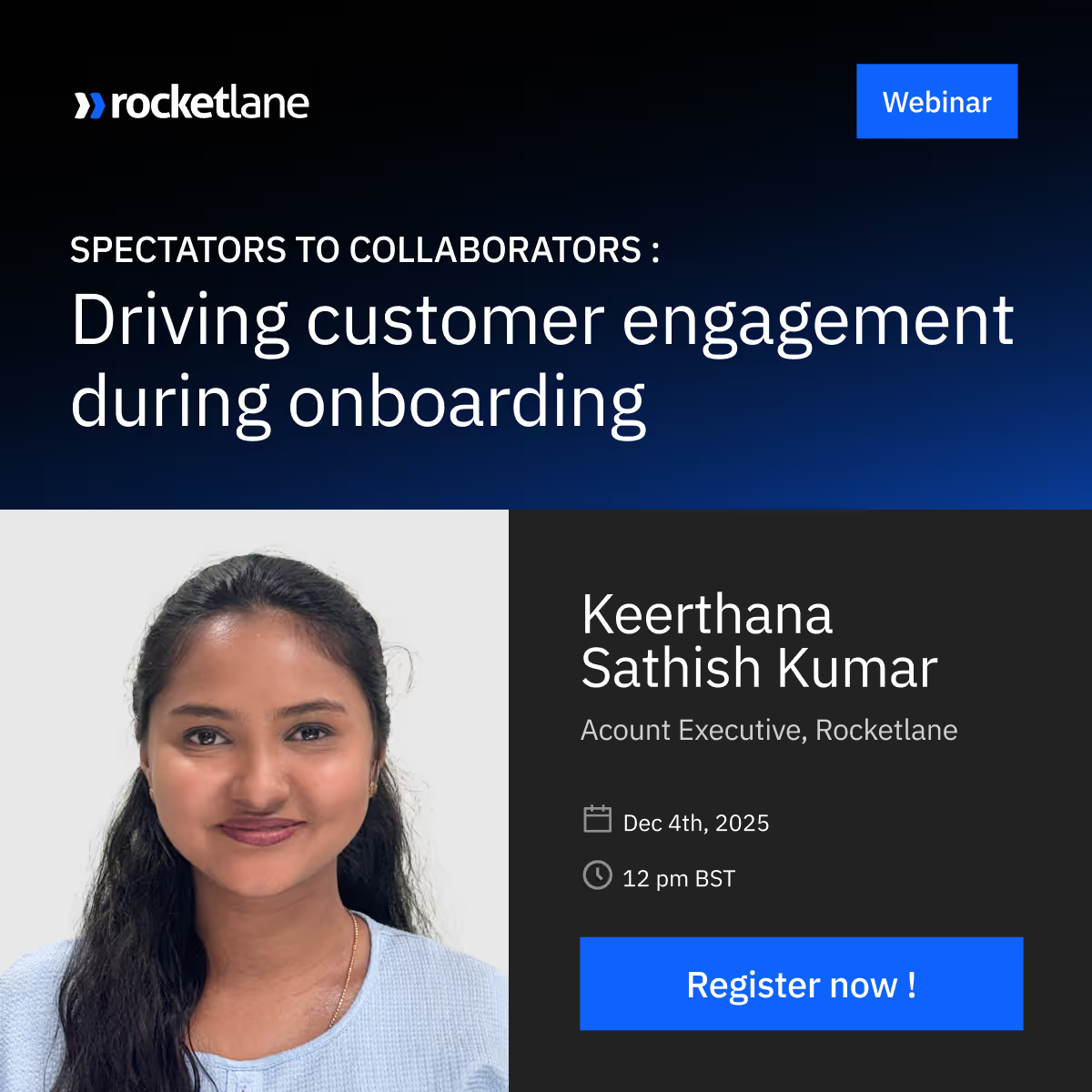Reporting back from TSIA this year! As always, it was a can't-miss week. But if you couldn't make it, we were there with notebooks in hand, catching the buzz and the big ideas, so you don't actually miss a thing.
The headline was clear. Services are moving from manpower to AI-orchestrated outcomes. Leaders who once chased headcount and capacity are now focused on orchestration and proof of value. The best stories were not about cutting costs.
They showed how speed lowers risk. Lower risk builds confidence. Confidence opens the door to bigger work. Here is the simple promise. Let agents remove friction at the edges. Let people create momentum in the middle. That means faster go-lives, cleaner handoffs, and business cases measured in weeks, not quarters.
The other drumbeat was ambition. Standout teams name specific, slightly uncomfortable destinations: zero-day implementations, a post-sale org brain. They reorganize around those goals and teach everyone to ask first: can an agent do this, and if yes, what should the human add? Alright, let's jump into the ten takeaways.
1) Services-Led Growth goes mainstream for AI companies
What we heard: AI is hard to operationalize in production. As models become the new "product," services are making a comeback, becoming the bridge between promise and proof. Growth is shifting to Services-Led Growth. PS now partners earlier with Sales and stays deeper into adoption and expansion.
Why it matters: Buyers pay for results, not roadmaps. Services becomes the proof stage where implementation validates the vision. Spend less time on polished demos and more on simple plans, clear owners, and weekly wins that land when you said they would.
2) Time is compressing; operating models must follow
What we heard: Drafting, summarizing, analysis, most work now begins automated by default. Foundation models deliver strong first drafts; humans verify edge cases and decide next steps.
Why it matters:Work moves from handoffs and status meetings to a verify-and-move cadence. Feedback loops shorten. Risk shrinks. AI can be your growth driver or your bottleneck. It depends entirely on how teams operate and adopt it. If you're working to compress time-to-value, you're the hero. If not, you're the villain.
3) Ambition beats caution
What we heard: Top teams anchor to bold destinations (zero-day implementations, post-sale org brain) and point hiring, process, and product to reach them. Leaders also need to be hands-on and fluent with AI to achieve this end state.
Why it matters: Clear goals create focus and speed. In an AI-driven world, ambition scales with efficiency. When you compress time and optimize delivery, what will you do with your capacity?
Will your team fuel more new work? Deepen product adoption? Expand customer success?
Your ambition defines the next curve.
4) Roles go full-stack and new specializations arrive
What we heard: Busywork is disappearing; each person covers a wider surface. New roles are emerging: Process Designers, AI-Agent Orchestrators, Forward-Deployed Engineers, Customer Outcomes Engineers as value shifts from executing tasks to designing and scaling systems.
Why it matters: Every individual is “more” than before. AI augments capability, letting each person handle analysis, automation, and orchestration. The new question isn’t “Who runs the project?”. It’s “Who designs the machine that delivers it?”
5) FDEs become the connective tissue
What we heard: FDEs sit close to customers, think like product managers, and translate shipped capability into used value, bridging last-mile integration and adoption gaps.
Why it matters: By connecting Product, PS, CS, and Data, FDEs reduce seams and shorten time-to-ROI. They stabilize adoption and make wins repeatable across accounts. From ROI discovery to architecture to deployment, they are the business-savvy engineers delivering measurable value while extending the product.
6) Packaged AI pushes pricing to usage and outcomes
What we heard: Packaged AI is easier to buy and deploy. Pricing moves from seats to consumption and value delivered. Metering and proof become part of the product.
Why it matters: Portfolios are moving from seat-only to hybrid models (fixed + consumption + outcome), making it easier to start small, show proof quickly, and scale with confidence.
7) Outcome obsession, and new KPIs to match
What we heard: Dashboards are expanding beyond activity metrics to include Time-to-ROI, ROI Delivered vs Promised, Services-Led ARR, and percent Subscription Services.
Why it matters: Measuring outcomes, not just throughput, helps teams steer toward what customers value most and make smarter resource and roadmap decisions.
8) Vision selling gets productized
What we heard: The best teams no longer sell abstract AI promises, they sell tailored blueprints. Niche templates, data models, and agent playbooks beat generic setups. ContentSquare calls projects “missions” and aims for the same team to serve 2-3× more customers by shrinking time and cost.
Why it matters: Customers recognize themselves faster. Delivery shifts to “configure the known 80%,” and teams build momentum earlier in the relationship.
9) Agents everywhere, humans on judgment
What we heard: Agents handle documentation, configuration, diagnostics, testing, resourcing, and nudges across PS, support, education, and CS. Engagement becomes more data and model-driven. Sales and service lines blur.
Why it matters: Humans focus on guidance and relationships. Experience improves while cost to serve drops.
10) Operate “agentically” by default
What we heard: Teams start by asking “Can an agent run this?” and place people for guidance, guardrails, and amplification, designing agents as teammates with clear jobs.
Why it matters: Agentic operations compound. Better process enables better orchestration and visibility, which builds trust and makes scaling a deliberate choice.
So that’s a wrap, y’all.
Write down your north star. Pick one use case. Test it out. Share the win. Do it again next sprint.
If you want to shortcut this with an agentic PSA, you know where to find us. And if you’re not ready for a demo yet but want a brainstorming partner, we’ll be right here on the other side with you.














